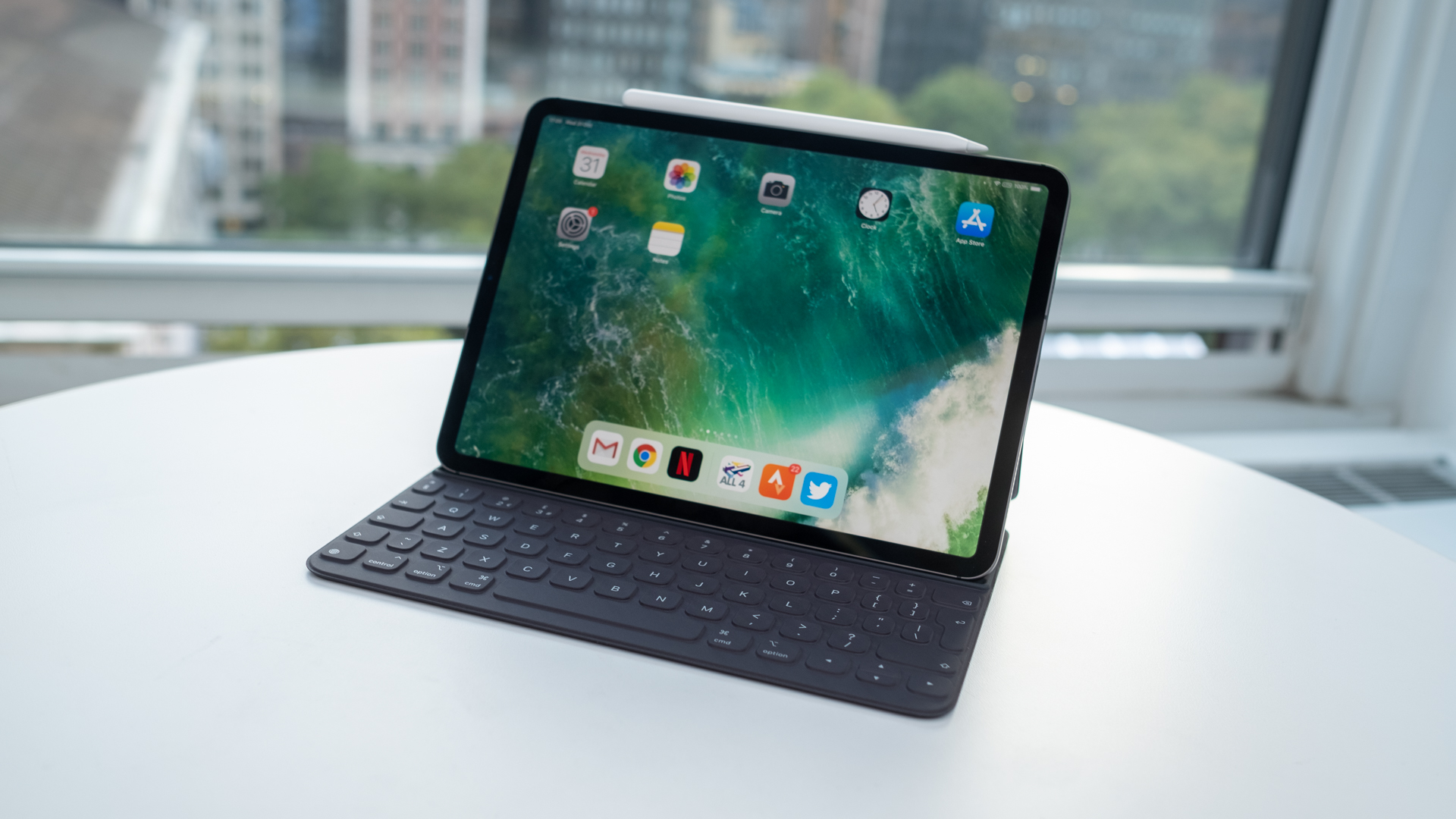iPad Pro 2020 could use a screen type that’s better than OLED
Thinner, lighter, better

At the moment most high-end phones and some high-end tablets use OLED displays rather than LCD, with the former generally seen as superior. But Apple could soon start using an even better tech for its iPad range.
That’s according to Ming-Chi Kuo (a respected Apple analyst) who in a research note seen by MacRumors said that new iPads released in late 2020 or early 2021 would use Mini LED screens.
A Mini LED iPad display would use many more LEDs than an OLED one, but to achieve this each LED is substantially smaller. It’s a change which should allow for thinner, lighter screens (and therefore thinner, lighter iPads), with performance that at least matches OLED, and less risk of screen burn-in.
- Read our full iPad Pro 11 (2018) review
- See what we think of the iPad Air (2019)
- New iPad Pro 2019: what we want to see
It’s also a move that should make Apple less dependent on Samsung, as while Samsung is the primary supplier of Apple’s OLED screens, LG Display would apparently be the main supplier for Mini LED.
Not just iPads
Kuo doesn’t say what iPads would get these displays, but given that this is a new, high-end tech, they’re likely to initially be reserved for iPad Pro models. These miniLED screens would also apparently be used for new MacBook models launched in the first half of 2021 – and while Kuo doesn’t say as much, we wouldn’t be surprised if these screens are eventually used for iPhones as well.
Then again, Apple might leapfrog Mini LED and go straight to Micro LED for its phones. Apple has been rumored to be working on Micro LED for a while, and as the name suggests, it’s similar to miniLED but with even smaller LEDs (keeping many of the advantages and likely being more power-efficient too).
However, Micro LED displays are also currently trickier and more expensive to produce, which is reportedly why Apple isn’t using them yet. As such, we wouldn’t expect to see them on the iPhone 12 – but for the iPhone 13 they’re a real possibility.
Sign up for breaking news, reviews, opinion, top tech deals, and more.
- These are the best iPad apps
James is a freelance phones, tablets and wearables writer and sub-editor at TechRadar. He has a love for everything ‘smart’, from watches to lights, and can often be found arguing with AI assistants or drowning in the latest apps. James also contributes to 3G.co.uk, 4G.co.uk and 5G.co.uk and has written for T3, Digital Camera World, Clarity Media and others, with work on the web, in print and on TV.